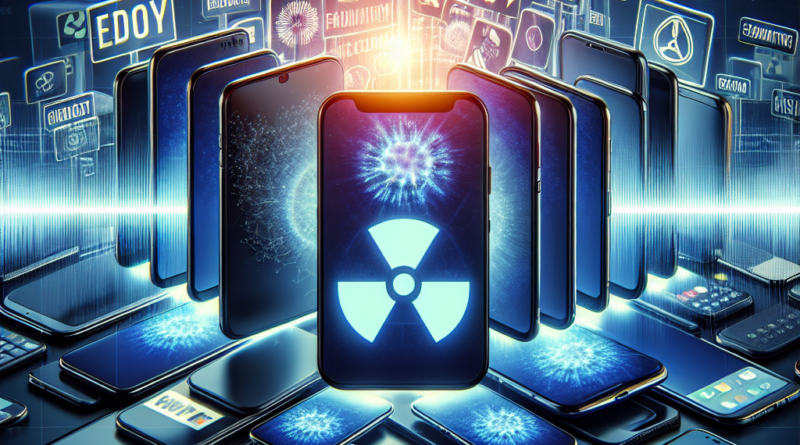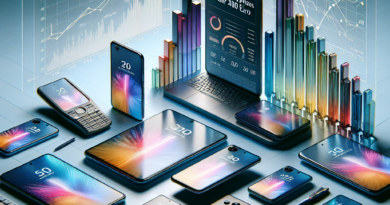Smartphones and Radiation: Ranking the Most Dangerous Devices
“`html
Radiations and Mobile Phones: Understanding the Health Impact
When discussing radiation and mobile phones, the potential health impacts are often overlooked.
Smartphones, like any other antenna-equipped devices, continually expose us to radiofrequency radiation (RFR).
This is a normal occurrence for their operation—after all, how could we call or browse the internet otherwise? However, this exposure must be kept within safe limits.
All smartphones must adhere to a maximum radiation threshold of 2 W/Kg of SAR (Specific Absorption Rate), a scientifically measured metric to be produced and sold.
But are all mobile devices equal regarding this aspect? The Bundesamt für Strahlenschutz (German Federal Office for Radiation Protection) addressed this question, ranking mobile phones based on their radiation emissions.
Ranking of Mobile Phones by Radiation Output
This German institution maintains an up-to-date database of both new and old mobile devices alongside their radiation levels during use and standby.
From this, a thorough ranking of phones with the highest radiation levels has emerged.
To be sold, devices must comply with the SAR limit, measured in two scenarios: SAR at the ear (during calls) and SAR at body distance (50 cm from the body).
The higher the SAR values, the greater the emitted radiations.
Below is a list of the top 20 models with high radiation emissions, sorted alphabetically.
| Phone | SAR Value (Ear) | SAR Value (Body) | Other High-Radiation Models (Same Brand) | In Production |
|---|---|---|---|---|
| Alcatel IDOL 5 | 1.59 | 1.75 | 1SE, 3L, PIXI 3 | No |
| Allview P7 Pro | 1.82 | N.D. | X4 Soul, X4 Soul Lite, X4 Soul Mini | Yes |
Notably, prominent brands including Samsung, Asus, and Xiaomi feature in this list, highlighting the significant models that can impact user health.
Motorola’s Edge series, while popular, records high emission levels, making informed choices critical as we rely on these devices daily.
Understanding Radiation Measurement
Mobile communication invariably uses high-frequency electromagnetic fields.
When making calls, users directly expose themselves to these emissions, which can also pose risks even when the phone is stored nearby.
The SAR metric is used to evaluate radiation absorption by the body, measured in watts per kilogram (W/Kg).
The ICNIRP established the safety threshold in 1998.
Despite numerous studies indicating that radiofrequency waves generally do not cause significant harm, disparities exist among devices.
For instance, Apple withdrew the iPhone 12 in France due to excessive emissions.
A study revealed potential links between prolonged smartphone use and male fertility issues, emphasizing the importance of informed device choices.
In conclusion, while all listed phones comply with legal limits, it’s crucial for users to remain well-informed about their devices and potential health implications.
The BfS offers an easily navigable search tool on their official website for users to check their smartphones’ radiation levels.
“`




